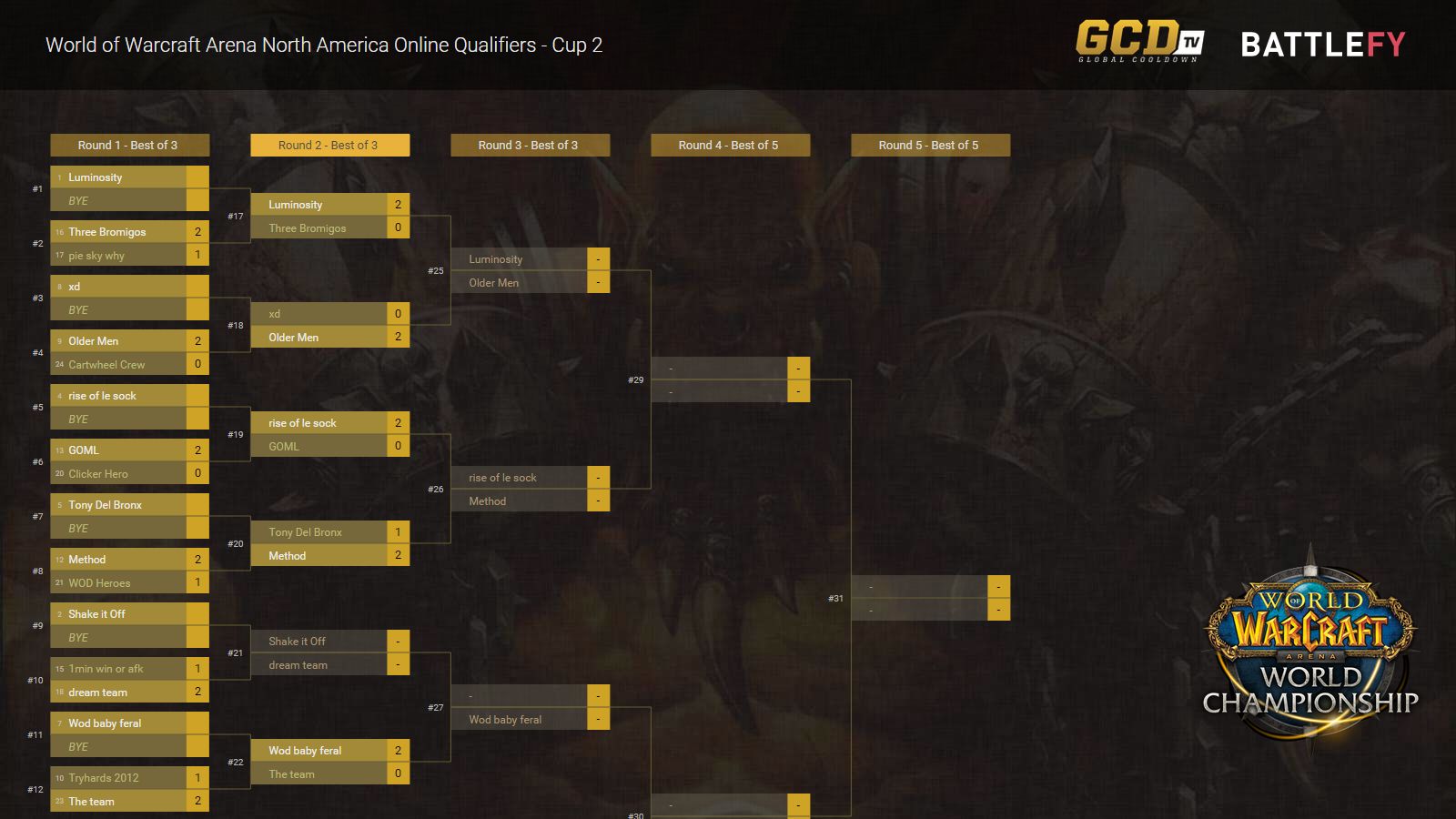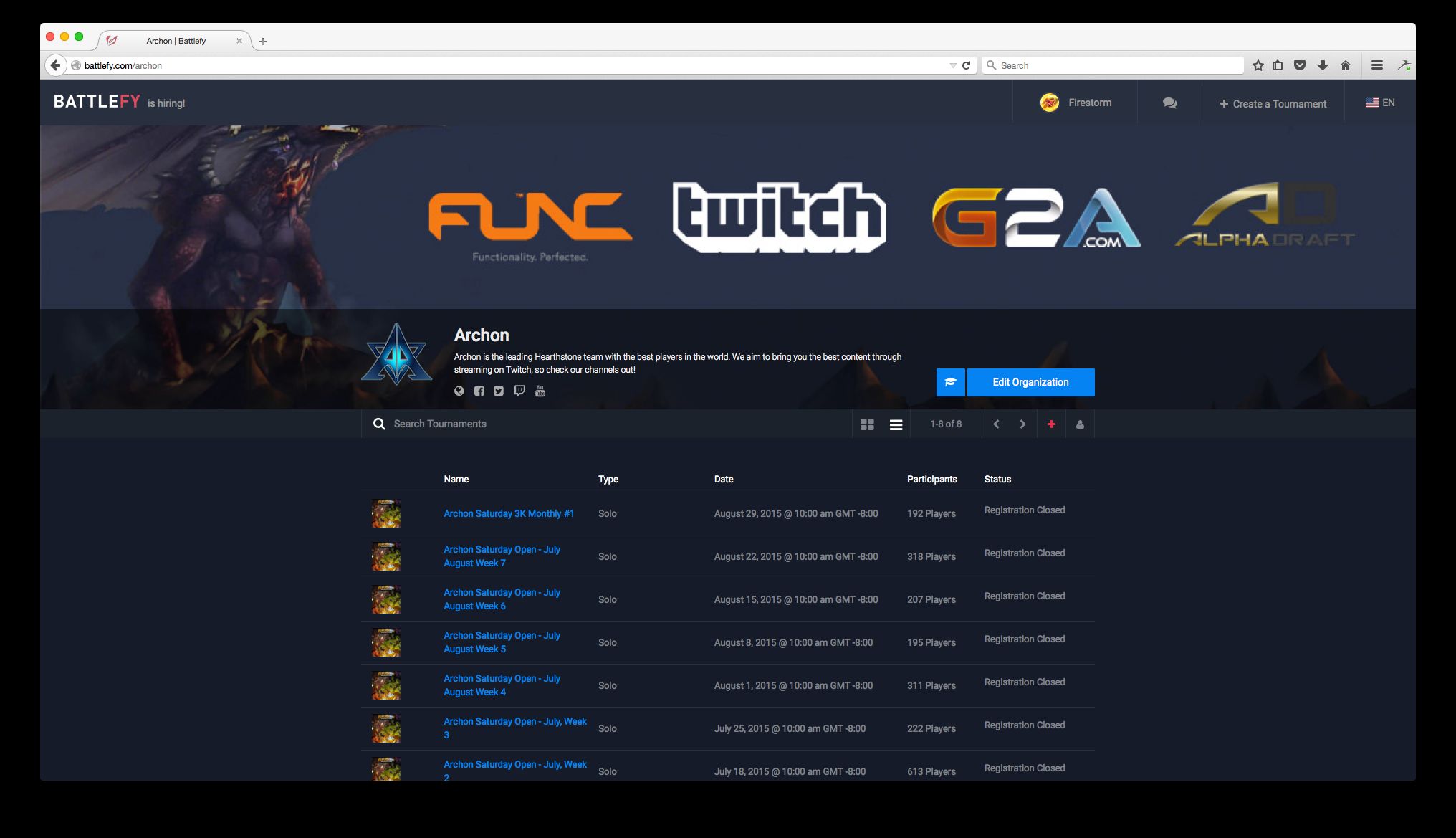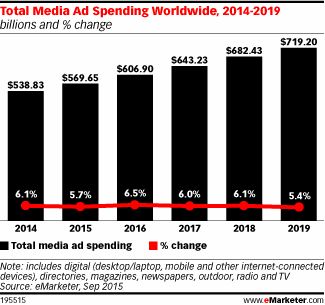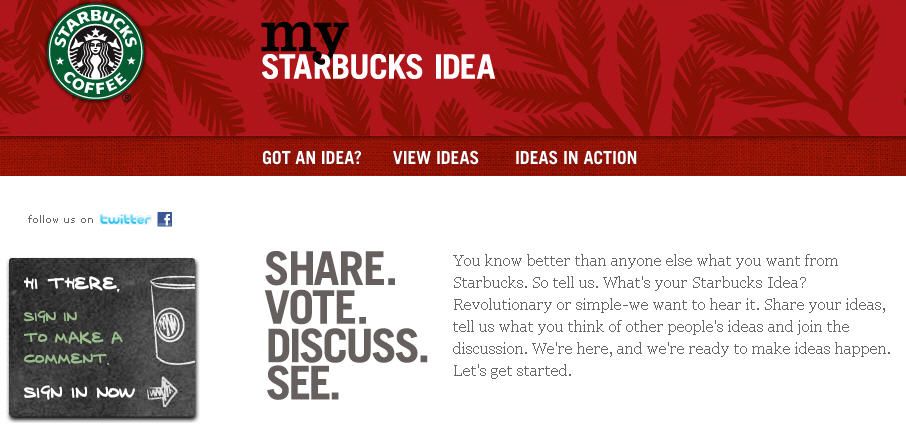The explosive growth of eSports into a multi-billion dollar industry with a fan base expected to top 1 billion in a few years has been extensively covered by the media. The focus, however, has been on the high-profile professional events — tournaments with millions of dollars in prizes, competitions that fill major sports arenas, and the millions of people that watch eSports livestreams. But that’s just the most visible part of the eSports iceberg, because the massive audience is mostly amateur. One company that’s focused on the entirety of the eSports audience is Battlefy, which provides tournament management services to the world.
Battlefy — which has grown 750 percent over the last 12 months to become the largest, fastest growing, and most active eSports tournament service — has been tracking data on the most popular games and genres on the site. In 2015, Battlefy has registered more than 8,800 tournament organizers from 50 plus countries who will host more than 29,000 amateur and professional qualifying tournaments this year. Of these tournaments, FPS and TCG represent the fastest growing genres this year (362 percent and 255 percent growth respectively). The most popular genre so far in 2015: is the MOBA, with 64 percent of the audience, followed by TCGs (trading card games) at 11 percent, FPS at 8 percent, Strategy / Simulation at 6 percent, and the rest divided between Fighting, Sports, RTS, and MMO.

Jason Xu
Battlefy CEO Jason Xu spoke with [a]listdaily about the massive audience for amateur eSports and the trends he’s seeing in that market.
What are the trends you’re seeing in eSports?
The number one trend we’re seeing is the increase in the creation and participation of eSports leagues at the amateur level. We’ve seen in the last eight to twelve months a rising coverage and a recognition of eSports as a sport, but most of the coverage has been on the professional side. How much money they made, what kind of stadiums they’re selling out, how big a prize pool they’re getting, and how big a viewership they’re getting.. What has been missed is the colossus in the shadows — an extremely large side of the industry, which is your community level or intramurals or inter-college leagues. That is actually where most of the participation happens. Unlike traditional sports, in eSports the playership to viewership ratio is actually very close to one to one. If you watch professional play, you most likely play the game as well.
Who are your players — what’s their demographics?
It’s what everybody would be expecting — 94.6 percent male, both on the organizer side and the player side. In terms of age, about 75 percent is between 18-24, about 21 percent is 25-34, and less than five percent is 35 and older. We’re definitely seeing a shift recently for specific types of games — there are eSports games today, like Hearthstone or World of Tanks, where reflexes do not determine your win success rate. Historically, we have games like Starcraft or the MOBAs where people are counting actions per minute, the APM rate. The faster your APM the more your win rate goes up. With these more strategic games going into the market on different types of devices, APMs don’t matter any more. We’ve seen the average age increase with these type of games. I’ve heard there’s a professional World of Tanks team where the average age is 40.
How is the mix of games changing for your players?
There is definitely a trend happening right now in the market. When we first launched we were very focused on the PC and the MOBA sectors, where we’ve seen the most growth in the last two years. But in 2015 we saw two sectors that were reviving themselves. The TCG market, specifically the Hearthstone market, has really encouraged a lot of new development in this sector., and the adoption around amateur eSports has been very quick. The second sector is first-person shooters (FPS), Counter Strike has really taken off, and Call of Duty after Call of Duty: Advanced Warfare‘s launch has taken off tremendously. FPSs, and the Crossfires of the world, have seen tremendous growth. The surprising part is a new genre which is coming up — a cross between a MOBA and a sports game, or an arena game and a sports game — Rocket League is good example of that. It’s very simple, but with potentially deep team tactics and strategies. It will be interesting to see over the next quarter or two if they have the sustaining power of some of these existing games, but so far we’ve seen huge interest in these new games.
Do you think the eSports landscape will look very different next year In what ways?
I think evolution is unstoppable. The industry is still in its nascent stages, and the economics have yet to prove itself out. What business model, what media model it’s going to pursue is still up in the air right now. What will stay the same is the fragmented nature of the market, simply because of how easy it is to create one of these games, and how easy it is to create video content and distribute it around the world. Consolidation is something I believe will not occur. That’s the only thing I can predict with a little bit of confidence that will happen next year.
What’s the future hold for Battlefy?
A lot of it is continuing on what we have done really well inside the market. What kind of features will be forward-looking in pushing this industry along from a sports perspective A lot of these features relate to how we handle communications between the players and the organizations within the game, and that has to do with scalability. A good example is if you have 32 basketball games happening at the same time and you only had two referees, what would you do Put that online — what if you had 300 games going on at the same time, or 3000 games going at the same time How would handle that with two or three referees Will that scenario be a regular occurrence Yes it is, because the natural scalability of eSports is something that never happens in traditional sports.
Our integrations with the games have proven that with the right set of tools you will see these leagues expand. That’s an area we’re going to be focused on. The premise of Battlefy is built on technology. The focus within the eSports industry has been around production, media, and professional teams. Those things of course drive the industry as a whole, but without infrastructure this industry will face challenges scaling and growing. The problem we want to solve is on a macro scale: What can eSports be that sports cannot be In our mind it’s about three million people managed by some 18 year old somewhere, or producing tens of thousands of hours of amateur gameplay that anyone, anywhere can access.
 Jason Xu
Jason Xu





